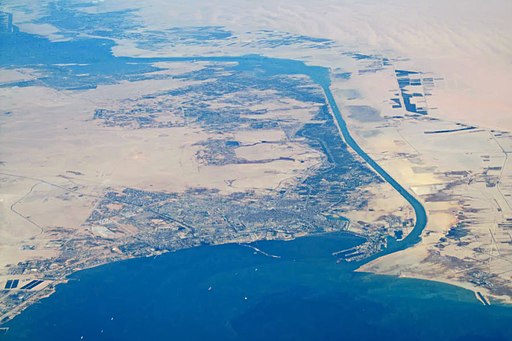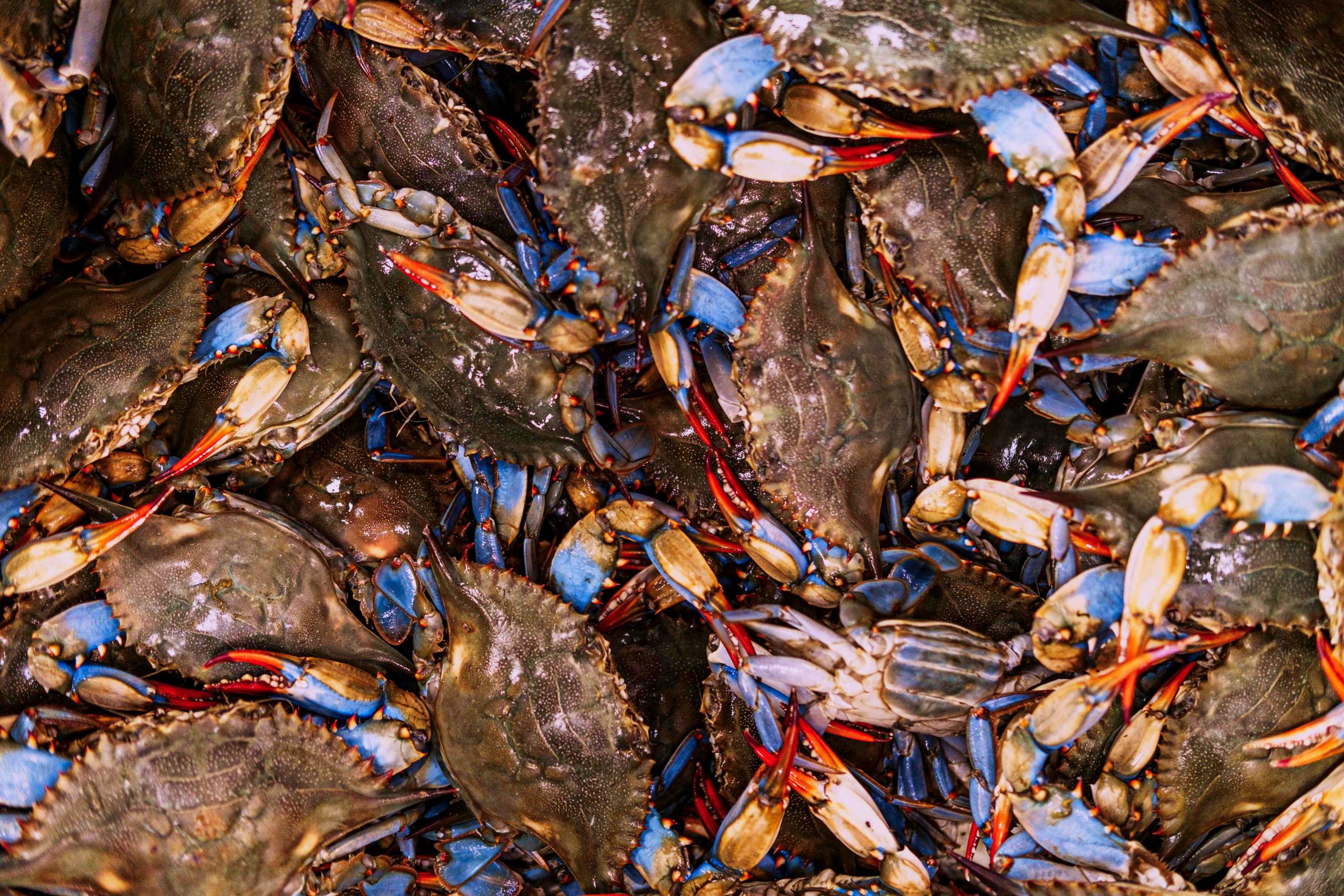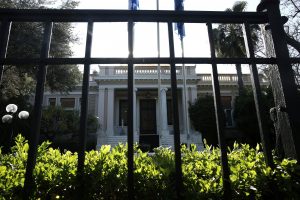Summer may be over, but Greece continues to break records in tourist arrivals, being well on its way to reaching its predicted quota of 35 million visitors, a 7% year-on-year increase, by the end of 2024. With its picturesque beaches, iconic landmarks, colorful cuisine and rich history, it is no surprise that the Mediterranean is a world-leader for tourism, boasting a 30% share of the international market and a growing ecotourism sector.
However, tourists are not the only visitors who flock to the Med every year; certain non-human arrivals are far less welcome.
A not-so-great migration
Marine invasive species have become highly concentrated in the Mediterranean in recent years, decimating native fish populations and threatening the marine environment. Within Europe, the Mediterranean region accounts for the highest rate of non-indigenous species (NIS) introductions over the last 50 years. They cause enormous environmental harm, but also pose a financial threat, with a 2022 study by the European Commission revealing that over $1 trillion was lost in global NIS-related damage between 1960 and 2020. Needless to say, this doesn’t bode well for nations that are dependent on ecotourism.
While upwards of 17,000 species call the Mediterranean home, 20-30% of these remain highly endangered, with this percentage expected to increase with the emergence of invasive species in the region. The statistics relating to the Mediterranean fishing industry tell a similar story. According to a three-year (2019-2022) study of commercial fish and shellfish stocks by the European Environment Agency, the Mediterranean has the highest number of stocks that do not meet GES (Good Environmental Status) criteria. These findings coincide with an EU-topping increase in invasive species in the area, making for a potentially catastrophic mix.
Suez: a channel for NIS as well as for shipping
The influx of invasive species in the Mediterranean has been exacerbated by a series of developments centered on the Suez Canal. A man-made waterway connecting the Mediterranean Basin to the Red Sea, the Suez Canal has vastly transformed global trade since its opening in 1869. So much so that in 2014, President Abdel Fattah al-Sisi of Egypt launched a multi-billion-dollar project to expand the canal into multiple channels. As part of the $8.5 billion project, the main channel was deepened in order to allow for bigger ships to pass through. However, al-Sisi’s efforts to boost the Egyptian economy came with a major drawback: it resulted in a head-on collision between two marine ecosystems.

An aerial view of the Suez City and Suez Canal.
Coined the Lessepsian migration, the Suez Canal has served as a major route for invasive species to enter the Eastern Mediterranean. And the bigger, broader and deeper the canal has got, the worse the situation has become; a 2022 report estimating that over 1,000 species have now spread across the Mediterranean and beyond to the Black Sea. This is partly due to salinity; as the Red Sea is saltier, its water pour through Suez into the Mediterranean, bringing invasive species with it. And while natural obstacles like Suez’s bitter lakes temporarily blocked this migration, their salinity soon became equal to that of the Red Sea. To make matters worse, Red Sea species are better acclimated to harsh conditions, allowing them to outcompete those in the Mediterranean.
Incentivized marine conservation
This isn’t to say that local communities aren’t doing their best at damage control. Local initiatives sparked by the environmental threat in recent years include Greece’s “Pick the Alien” program, which has sought to educate consumers and fishers about invasive species. Launched in 2019, the program consists of a published recipe book and informative events to help fishermen catch NIS for consumption. These edible aliens include the lionfish (Pterois miles) and a species of blue crab (Callinectes sapidus), which can—and do—serve as eco-friendly alternatives for native species on restaurant menus. And it seems to have had an impact: endangered species like the Mediterranean swordfish have achieved healthier population numbers since the initiative was introduced.
In neighboring Italy, the blue crab has decimated Venice’s native shellfish populations, with “up to 90 percent” of young clam populations devoured. Efforts to weather the storm have involved both the Italian government and local chefs, with around $3.2 million invested in protecting local fisheries. Meanwhile, Venetian chefs have given the “alien food” movement a boost by incorporating the alien crabs into pastas, risottos, and other dishes. It helps that blue crabs are inexpensive compared with their Italian cousins, and that invasive species like these are in anything but short supply.
However, other countries have struggled to integrate invasive species into their cuisines. In Croatia, for example, where the invasive parrotfish has preyed heavily on native species since its arrival in the Adriatic some 15 years ago, ongoing efforts by the fishermen of southern Croatia to market these fish to seafood consumers have failed. “The local population just won’t eat this fish,” fisherman Marko Kristic told Reuters.
More work needed
Despite some local initiatives softening the blow dealt by invasive species, the Mediterranean’s marine ecosystem remains endangered. Non-indigenous species continue to threaten both the region’s biodiversity and its tourism and restaurant industries. To preserve the Mediterranean’s marine life, governments and local organizations must work together to incentivize the controlled catching of NIS. The future of one of the world’s most beloved travel regions may depend on it.



